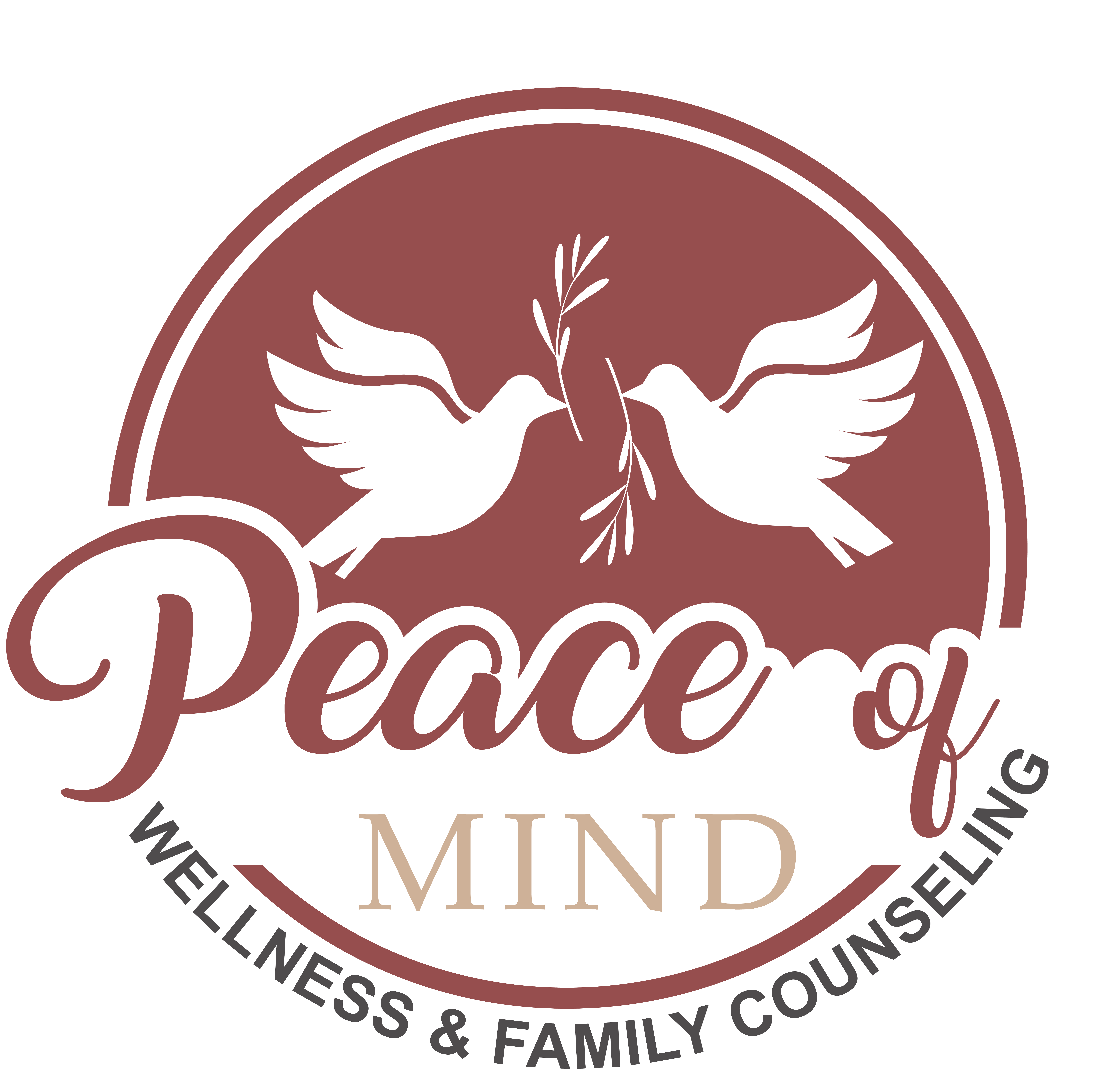Mood Disorders
Mood Disorders
What is a mood disorder?
A mood disorder is a mental health disorder characterized by distorted moods or emotional states. Many of us experience emotional ups and downs in the regular course of life when we face certain stressors or circumstances. In a mood disorder, however, the inconsistencies in a patient’s mood or emotion can be unrelated to external circumstances or stimuli and also inhibit the person’s ability to maintain a quality of life. Mood disorders can also affect patients’ interpersonal relationships with others. Distorted emotions in mood disorders can include extreme sadness, apathy, irritability. Some patients may also fluctuate between periods of depression and mania.

What behavioral health conditions are considered mood disorders?
There are three main states experienced by those with mood disorders: manic, depressive, and bipolar. Mental health professionals treat a wide range of mood disorder subtypes in which patients experience these states, including:
- Major depressive disorder
- Bipolar disorder
- Seasonal affective disorder (SAD)
- Cyclothymic disorder
- Premenstrual dysphoric disorder
- Persistent depressive disorder (dysthymia)
- Disruptive mood dysregulation disorder
- Depression related to physical disorders
- Substance use-related depression
It is estimated that one-fifth of the adult population in the U.S. has a mood disorder. Mood disorders should be taken seriously as they can increase a patient’s risk of suicide. If you think that you or a loved one may have a mood disorder, reach out to a mental health professional for consultation and advice.

What causes mood disorders?
While researchers have not discovered a single cause of mood disorders, there are several factors that are known to contribute to these mental health disorders. The primary one is brain chemistry. It is likely that many if not all mood disorders are caused by chemical imbalances in the brain. Traumatic life events or significant life changes can also contribute to certain mood disorders, including depression. Additionally, women are twice as likely to develop depression as men are.
There does seem to be a genetic component to mood disorders, as well, as they tend to run in families. Anyone with a parent with a mood disorder has a great chance of developing a mood disorder themselves. When depression is present in a family, specifically, siblings and children are at risk of developing it. Finally, if a person has a bipolar diagnosis, the risk of developing the condition is increased for their siblings and children, as well.
How to diagnose mood disorders
Diagnosing a mood disorder typically involves taking a complete medical history and performing a psychiatric or mental health evaluation. Physical exams can be used to rule out any underlying physical conditions that could be triggering certain symptoms. Symptoms that mental health professionals look for can include but are not limited to
- Feelings of sadness or anxiousness
- Feeling empty or inadequate
- Feelings of helplessness
- Low self esteem or self worth
- Excessive guilt
- Suicidal ideation
- Apathy towards activities that the individual previously enjoyed
- Relationship troubles
- Disordered sleeping
- Fluctuations in appetite or weight
- Low energy levels
- An inability to concentrate
- An inability to make decisions
- Headaches
- Stomachaches
- Heightened sensitivity to failing
- Irritability, hostility, or aggression
Treatments for mood disorders
It is important for patients and loved ones to understand that mood disorders are treatable. There are a number of ways in which a mental health professional can treat a mood disorder. Treatment plans depend on the nature of a patient’s disorder and symptoms.
Most mood disorders are treated with therapy, medication, or both. In therapy, doctor and patient work to identify behavior patterns related to the patient’s mood disorder and develop alternate responses. Cognitive behavioral therapy can be particularly effective with mood disorders.
Medications used to treat mood disorders include anti-anxiety meds and antidepressants.
Some conditions, such as bipolar disorder, may require medication in the long term. In cases where the patient is a risk to himself or others, inpatient treatment or hospitalization may be required.
